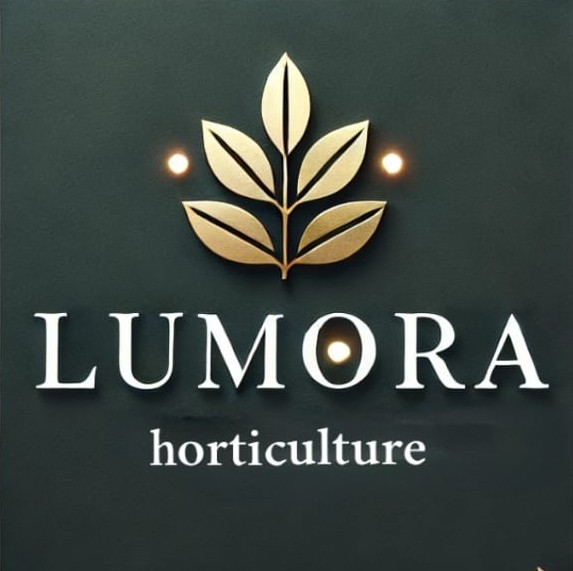Compostability in Practice
100% biodegradable within 60-90 days. From waste to soil enrichment.
View composting guideWhy Compostability Matters
Traditional growing media like rockwool and plastic create significant waste streams in professional horticulture. Paper plug trays offer a circular solution: after use, they break down completely into valuable compost.
This page explains the composting process, timeline, and best practices for integrating paper plug compostability into your greenhouse operations.
Composting Timeline: 60-90 Days
From plant tray to nutrient-rich compost
Initial Breakdown
Microbial colonization begins. Paper fibers start softening. Temperature rises to 50-65°C in active compost.
Active Decomposition
Cellulose breakdown accelerates. Paper structure fragmenting. Fungi and bacteria thriving in optimal conditions.
Advanced Degradation
Paper fully integrated into compost matrix. Original structure no longer visible. Nutrient release ongoing.
Complete Mineralization
100% biodegradation achieved. Stable humus formed. Ready for soil application. No residue remaining.
EN 13432 Certification: Industry Standard
Paper plug trays meet all requirements of EN 13432, the European standard for industrial compostability. This certification guarantees safe, complete biodegradation.
Biodegradability ≥90%
Minimum 90% of organic material must convert to CO2 within 6 months under controlled composting conditions.
Disintegration ≥90%
After 12 weeks, at least 90% of material must pass through a 2mm sieve. No visible fragments should remain.
Ecotoxicity Testing
Compost must not negatively affect plant growth. Germination and biomass tests ensure safety for agricultural use.
Heavy Metal Limits
Maximum concentrations defined for Zn, Cu, Ni, Cd, Pb, Hg, Cr, Mo, Se, As, Co, Mn to protect soil and water quality.
Practical Composting Methods
Industrial Composting
Large-scale facilities with controlled temperature, moisture, and aeration. Fastest breakdown. Ideal for commercial growers with high volumes.
On-Site Windrow Composting
Outdoor composting in long piles (windrows) turned regularly. Suitable for greenhouses with available land. Cost-effective and self-sufficient.
Small-Scale Bin Composting
Compact systems for smaller operations. Requires minimal space. Mix paper plugs with green waste for balanced decomposition.
Vermicomposting (Worms)
Earthworms accelerate breakdown and enhance nutrient availability. Produces premium quality vermicompost with excellent soil structure benefits.
Soil Benefits of Paper Plug Compost
Organic Matter Enhancement
Increases soil organic carbon by 2-4%. Improves soil structure, water retention, and microbial activity. Long-term fertility gains.
Water Management
Enhances water-holding capacity by up to 20%. Reduces irrigation frequency and improves drought resilience. Better moisture distribution in root zone.
Microbial Diversity
Supports beneficial bacteria and fungi populations. Improves nutrient cycling and plant health. Natural disease suppression through biological competition.
Nutrient Release
Slow-release nitrogen (1.5-2.5% N), phosphorus, and potassium. Balanced nutrition without leaching. Reduces synthetic fertilizer requirements by 15-25%.
pH Buffering
Natural pH stabilization between 6.5-7.2. Reduces need for lime or sulfur amendments. Creates optimal growing conditions for most crops.
Carbon Sequestration
Locks carbon in stable soil organic matter for years. Contributes to greenhouse carbon accounting goals. Supports climate-positive agriculture practices.
Best Practices for Successful Composting
1. Maintain Carbon-Nitrogen Balance
Target C:N ratio of 25-30:1. Mix paper plugs (high carbon) with fresh plant residues (high nitrogen). Prevents slow decomposition or ammonia loss.
2. Optimize Moisture Content
Maintain 50-60% moisture (squeeze test: damp but not dripping). Too dry slows breakdown. Too wet causes anaerobic conditions and odors.
3. Ensure Adequate Aeration
Turn windrows weekly or use forced aeration systems. Oxygen is essential for aerobic bacteria. Well-aerated compost heats properly and breaks down faster.
4. Monitor Temperature
Target thermophilic phase at 55-65°C for pathogen elimination. Use compost thermometer. If temperature exceeds 70°C, turn immediately to prevent beneficial microbe death.
5. Shred or Mix Thoroughly
Smaller pieces decompose faster. Mix paper plugs evenly throughout pile. Avoid large clumps that decompose unevenly.
6. Avoid Contamination
Remove any non-compostable materials (plastic clips, labels). Keep diseased plant material separate initially. Thermophilic phase will eliminate most pathogens.
Troubleshooting Common Issues
Slow decomposition
Causes: Too dry, insufficient nitrogen, poor aeration, low temperature
Solution: Add water + nitrogen source (grass clippings, manure). Turn pile to improve aeration. Increase pile size if <1m³.
Unpleasant odor
Causes: Anaerobic conditions from excess moisture or compaction
Solution: Turn immediately. Add dry carbon materials (straw, wood chips). Improve drainage. Reduce moisture content.
Pile not heating
Causes: Pile too small, insufficient moisture, wrong C:N ratio
Solution: Minimum 1m³ pile size needed. Add water if dry. Balance with nitrogen-rich materials.
Pest attraction
Causes: Food scraps on surface, inadequate covering, low temperature
Solution: Bury new materials in center of pile. Cover with finished compost or straw. Maintain hot composting temperatures.
Start Composting Paper Plugs Today
Join the circular horticulture revolution. Turn waste into valuable soil amendments with 100% compostable paper plug trays.
